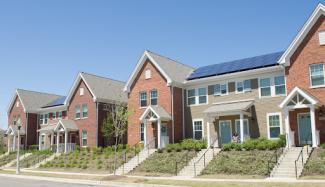
Housing prices have soared since the 1990s, especially in cities where efforts to curb urban sprawl have centered limiting land use. This “smart growth” approach has meant more expensive land, more demand for limited city services, and housing prices outpacing wages for urban workers.
A recent Chapman University study on housing affordability examined markets worldwide. Of the top 10 least affordable cities, four were in California, and one was in Hawaii. These findings have implications for low and middle-income families seeking affordable housing.
Inequality is growing as the gap between household incomes and what housing actually costs continues to widen. Housing is becoming out of reach even for traditionally middle-class families who are competing with more affluent buyers for limited housing.
Rent is also rising, which makes saving coins for housing even more difficult, especially for new buyers. To counteract this effect, experts recommend prolonging housing searches.
On the policy end, experts cite increasing housing density, offering homebuying assistance programs, and increasing wages as ways to make the market more affordable.